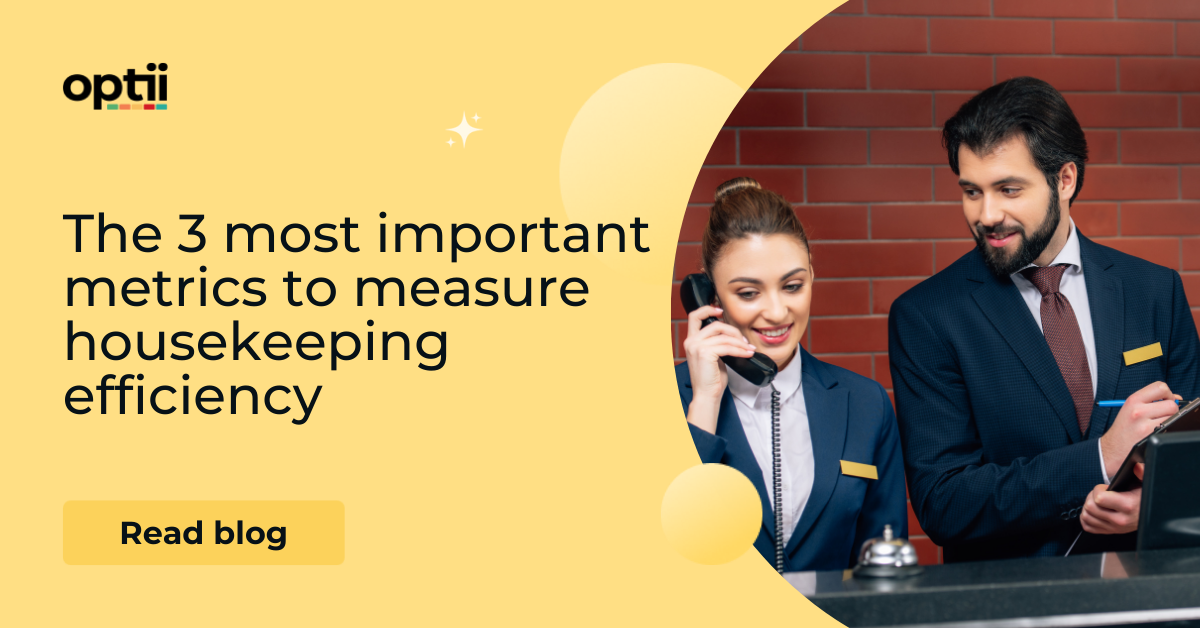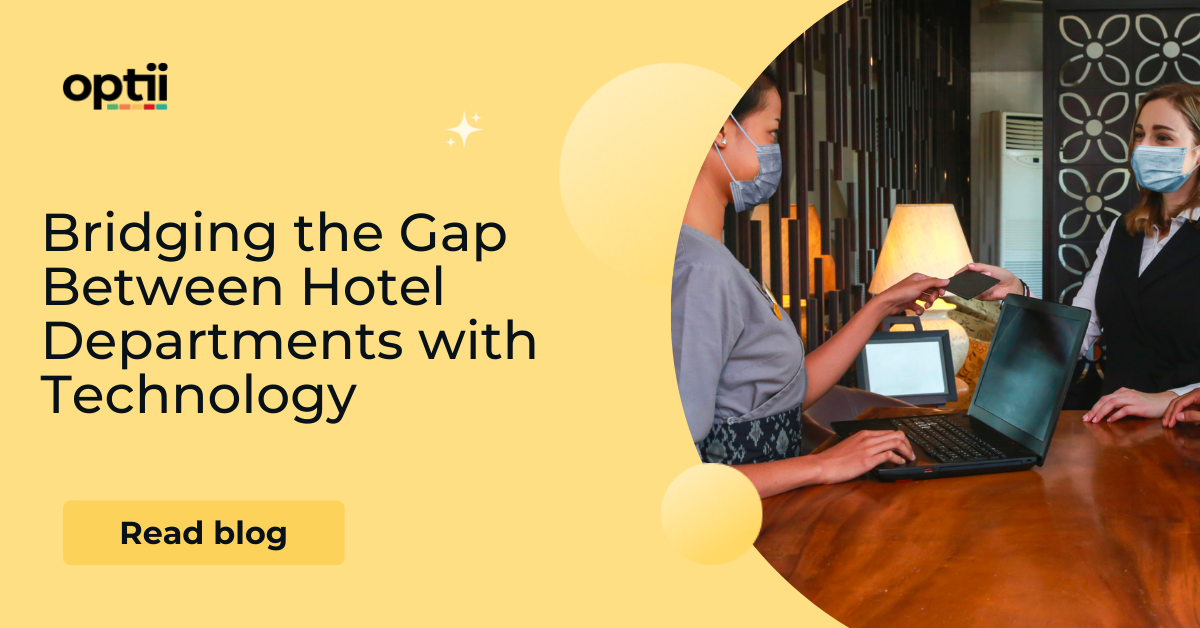We’ve been welcoming many new hotel customers lately, and most of them were operating without technology before adopting Optii. For this reason, they’ve been operating “in the dark” and for the first time, they now have visibility into housekeeping productivity and performance, including areas where hotel leadership can change processes to better meet the needs of guests and changes in staffing.
Here is a short summary of the most important metrics to watch as you think about evolving your housekeeping operation.
Room Attendant Cleaning Time
In a 2021 pilot of two hotels, our customer learned that one hotel was spending on average 57 minutes to clean a room while the other hotel was completing the same task in 32 minutes. By the eighth week on Optii, both hotels were cleaning at nearly the same pace of 30 minutes.
Understanding cleaning times is a first step towards identifying staff levels. It’s also a critical piece of managing the P&L, and it will help teams start asking important questions like: How should we clean a room? How should we not clean a room? Are we working cleverly?
Time from Vacant Clean to Vacant Inspected
Most hotels we speak with are struggling to turn rooms faster. Check-in may be at 3 pm, but when your guest arrives at noon, they’d still prefer that their room be ready. Managing the time between vacant clean and vacant inspected is a critical step in turning rooms faster, and it is often a bottleneck when supervisors don’t have a way of easily identifying which rooms are ready for inspection.
We have seen some customers reduce turnaround time by an hour or more. This is enabled by automated workflows that trigger an alert letting supervisors know when a room attendant has completed their room cleaning. Additionally, Optii will prioritize rushed rooms, which is especially important for maintaining high guest satisfaction scores.
Quality
Guest satisfaction is front of mind for every hotelier. Measuring quality and ensuring consistency across experiences is essential. Throughout COVID, we heard customers sharing that occupancy was often driven by repeat guests. This is because those guests know your property and are comfortable with the level of service and cleanliness provided in the past. That is why measuring quality via inspection scores is a critical metric.
We recommend that inspection scores hover around 98%. We worked with one customer to increase the percentage of time inspecting, which has a direct correlation to not only quality but also leads to faster turnaround times. Additionally, with quality metrics, hotels can identify trends, including areas of strength and also pockets of opportunity, both at the individual and team level.
Measuring each of these items, cleaning time, turnaround time, and quality, lays the foundation for executing an efficient housekeeping operation. Imagine having the data at your fingertips to identify the room attendant who cleans rooms fastest and with the highest quality. This would help the hotel recognize talented team members and promote them to self-inspectors, which brings the additional benefit of turning a room even faster.
The best way to track these metrics (and run a high-performing housekeeping team!) is with technology. There are many excellent solutions on the market, Optii being one of them. If you’re considering adopting a solution for this part of the operation or, if you are evaluating the technology you’re using today, we have created a Buyer’s Guide to help with the process.
In the end, whatever processes your hotel adopts, however simple or sophisticated, the key piece is having metrics to take your success and make smart decisions to improve your guest experience and impact the performance of your hardworking staff.






